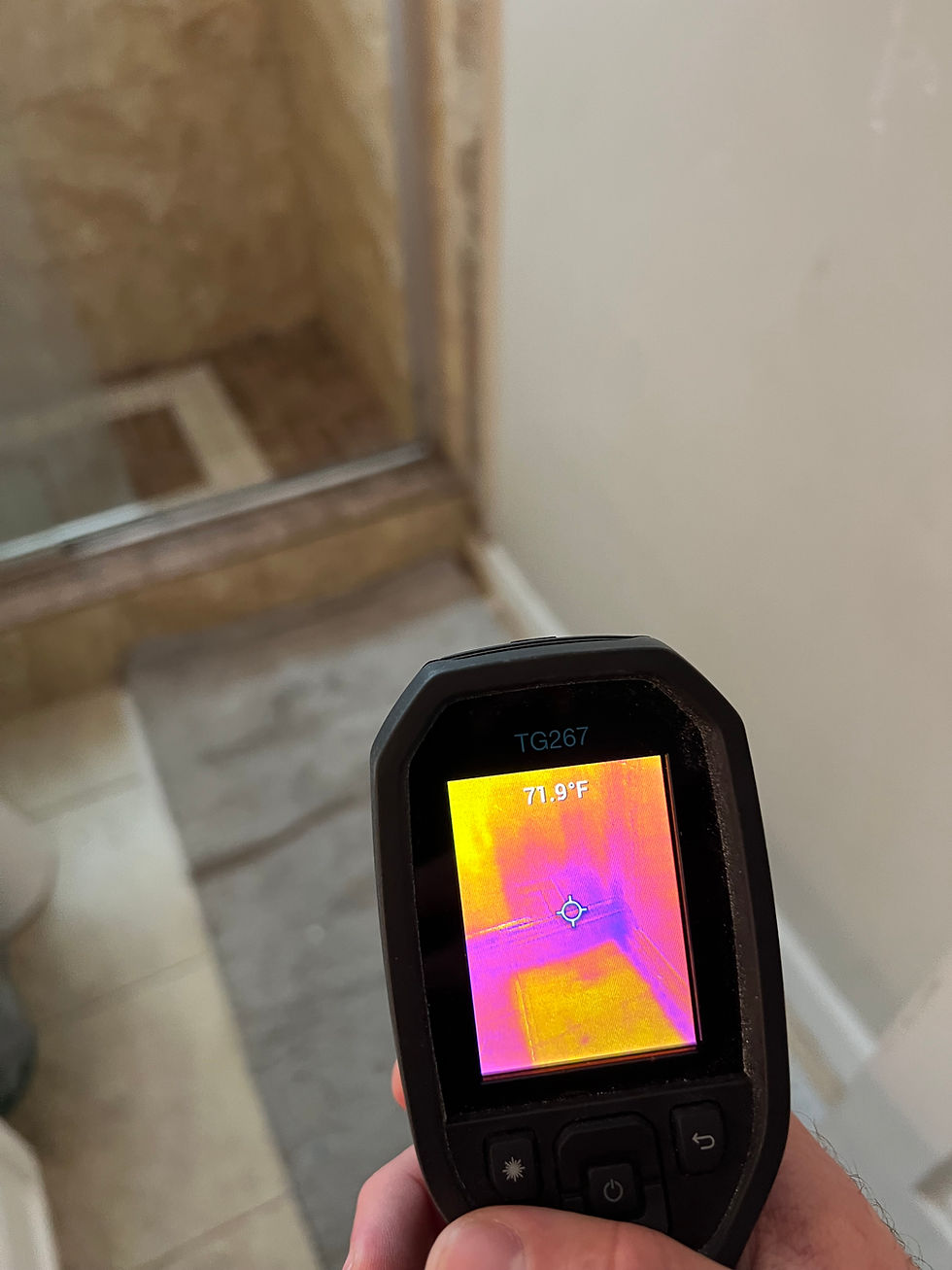A Guide to Preventing Household Leaks
- Mold Remediation Lee County

- Sep 29, 2023
- 2 min read
A leaky home can quickly turn your haven into a headache. From water stains on ceilings to damaged foundations, the repercussions of leaks can be costly and disruptive. The good news? Many household leaks are preventable with a proactive approach. Let's explore some practical steps to ensure your house stays watertight.
1. Regular Roof Check-ups
Your roof is your first line of defense against the elements. Regular inspections, especially after severe weather, can help you identify and address potential issues before they turn into leaks. Look for missing or damaged shingles, signs of wear and tear, and ensure that flashing around chimneys and vents is intact.
2. Clean Gutters and Downspouts
Clogged gutters can lead to water overflow, damaging the roof, siding, and foundation. Regularly clean gutters and downspouts, especially in the fall when leaves are abundant. Consider installing gutter guards to prevent debris buildup and ensure proper water drainage.
3. Seal Windows and Doors
Small gaps around windows and doors can allow water infiltration during heavy rain. Check the seals and weather stripping, and reapply caulk or sealant as needed. This not only helps in preventing leaks but also improves energy efficiency.
4. Maintain Your Plumbing
A significant source of household leaks comes from plumbing issues. Regularly inspect pipes for signs of corrosion, leaks, or water stains. Fix any drips promptly, and consider upgrading to more efficient fixtures to reduce the risk of leaks in the long run.
5. Monitor Appliances
Appliances like washing machines, dishwashers, and water heaters can develop leaks over time. Inspect hoses and connections for any signs of wear or deterioration. Consider replacing rubber hoses with braided stainless steel for added durability.
6. Check Attics and Basements
Attics and basements are vulnerable areas for leaks. Inspect these spaces regularly for water stains, mold, or dampness. Ensure proper insulation and ventilation to prevent condensation, which can lead to mold growth and water damage.
7. Landscape Mindfully
The landscaping around your home can impact its vulnerability to leaks. Ensure proper grading away from the foundation to prevent water pooling. Consider installing a French drain if your property has drainage issues.
8. Install a Leak Detection System
Modern technology can be a valuable ally in leak prevention. Consider installing a smart leak detection system that can alert you to potential issues before they escalate. These systems can monitor water usage, detect leaks, and send notifications to your phone.
9. Act Quickly When You Spot an Issue
If you notice any signs of a potential leak, such as water stains, musty odors, or dampness, don't delay in investigating and addressing the problem. Early intervention can prevent more extensive damage and costly repairs.
10. Professional Inspections
Finally, consider scheduling periodic professional inspections. An experienced inspector can identify potential issues that might go unnoticed during routine checks and provide recommendations for maintenance and repairs.
By adopting a proactive stance and incorporating these preventative measures into your routine, you can significantly reduce the risk of leaks and protect your home from potential water-related damage. After all, a little prevention today can save you from a flood of troubles tomorrow.
Call us today to schedule an inspection! 239-329-0352










Comments